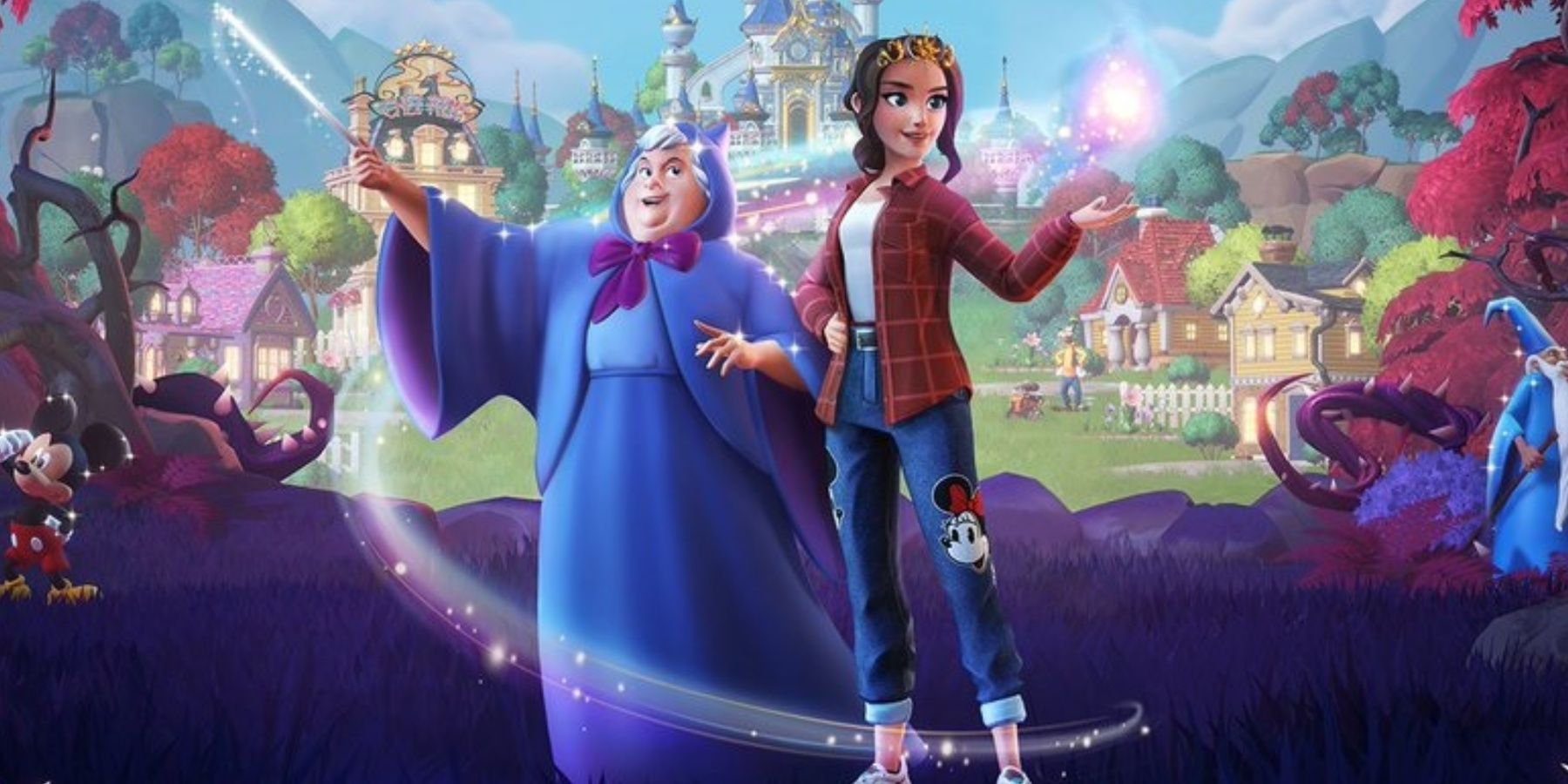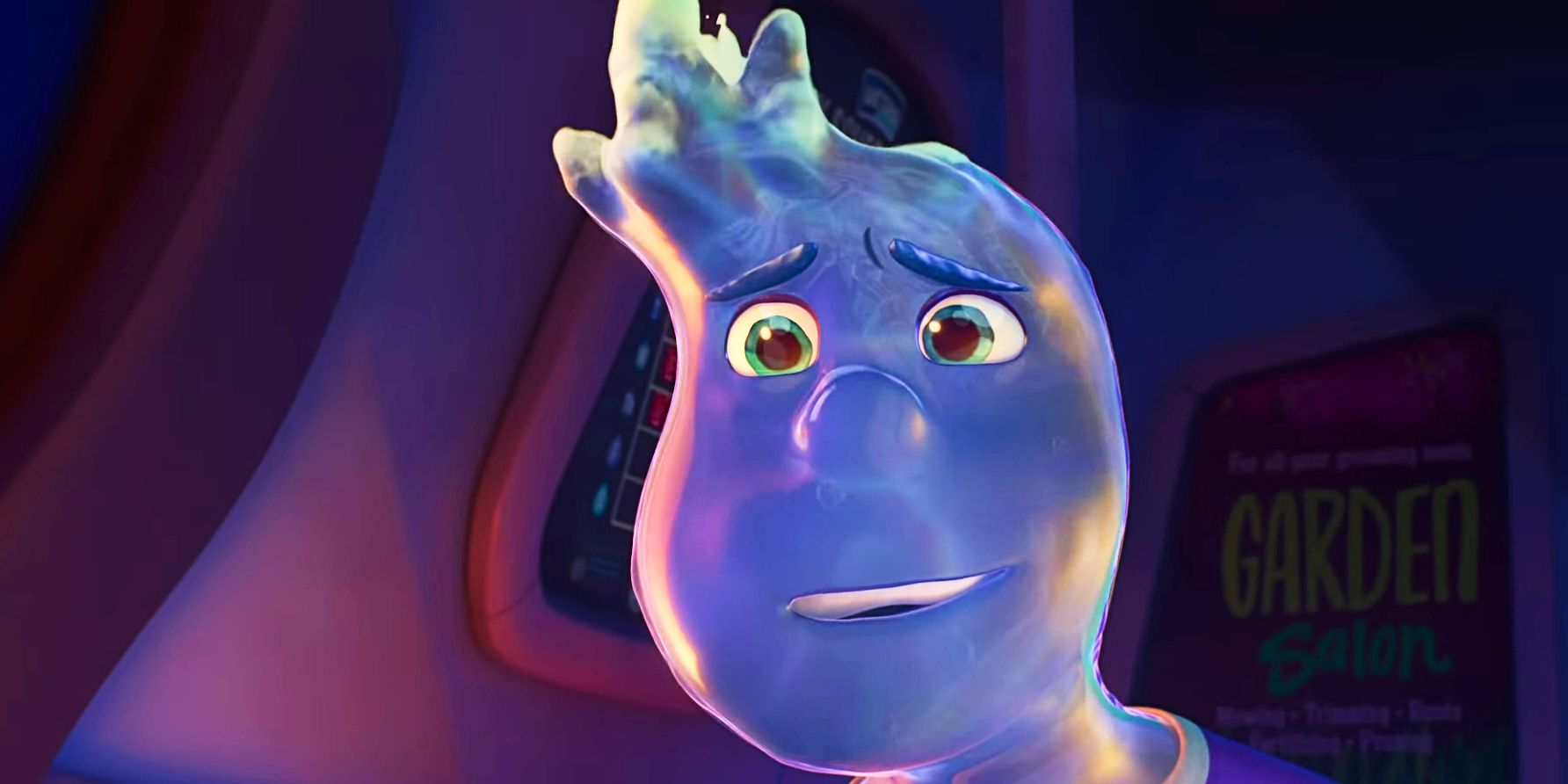
Unveiling the Depths of Finding Nemo: A Journey Through Dark Theories and Hidden Meanings

Delve into the hidden depths of the beloved Pixar classic, Finding Nemo, as we explore dark theories and profound meanings that may change the way you see this underwater adventure.
The Enigmatic World of Finding Nemo
In the shimmering depths of Pixar's oceanic masterpiece, Finding Nemo, lies a story that transcends the surface. Directed by the visionary Andrew Stanton, this animated gem takes us on a tumultuous journey with Marlin, the devoted clownfish, in search of his missing son, Nemo. While the film captivated audiences of all ages with its colorful charm, there exists a shadowy undercurrent of theories that challenge the very fabric of Nemo's existence.
A Fishy Tale of Loss and Imagination
One haunting theory that haunts the waters of Finding Nemo suggests a grim reality beneath the waves. Could it be that Nemo never truly existed, but instead emerged from the depths of Marlin's grieving mind? The harrowing notion proposes that Marlin, reeling from the tragic loss of his family to a brutal barracuda attack, conjured up the image of Nemo as a coping mechanism. A figment of imagination born from profound sorrow, Nemo becomes the focal point of Marlin's journey towards healing.
The opening scene of Finding Nemo, depicting the barracuda attack that wipes out Marlin's family, sets the stage for the subsequent grief and search for Nemo. This traumatic event leaves Marlin emotionally scarred, and his overprotectiveness towards Nemo becomes a common coping mechanism for parents who have experienced loss. In an attempt to prevent further harm, Marlin tries to control Nemo's environment, becoming overly cautious and fearful. However, this behavior takes on a new light when viewed through the lens of the theory that Nemo is a creation of Marlin's imagination. Marlin's relentless quest to find his 'missing son' could be seen as a cathartic process of self-discovery and acceptance.
Amidst the rolling waves of sorrow and longing, Marlin's interactions with the ever-forgetful Dory take on a new significance. Could Dory, with her fragmented memory, represent Marlin's subconscious guiding him through the turbulent waters of grief? As Dory's character provides moments of comic relief, her presence also serves as a symbol of hope and resilience. The poignant dynamics between Marlin and Dory echo a deeper narrative of inner exploration and healing, where the boundaries between reality and imagination blur in the vast expanse of the ocean.
Unraveling the Five Stages of Grief
Beyond the shimmering coral reefs and swaying seaweed, Finding Nemo may harbor a profound allegory on the stages of grief. Marlin's tumultuous journey mirrors the intricate dance of denial, anger, bargaining, despair, and acceptance that defines the grieving process. From his initial denial of Nemo's independence to his moments of anger and bargaining with fate, Marlin's emotional odyssey resonates with the universal human experience of loss.
The five stages of grief, as proposed by Elisabeth Kübler-Ross, provide a framework for understanding the emotional journey Marlin undergoes. Denial is evident in Marlin's refusal to let Nemo venture into the open ocean, fearing for his safety. Anger arises when Marlin confronts the challenges and dangers of the vast ocean, blaming the circumstances for his loss. Bargaining is portrayed through Marlin's attempts to strike deals with other sea creatures in exchange for information about Nemo's whereabouts. Despair is palpable as Marlin reaches his lowest point, feeling overwhelmed and lost. Finally, acceptance comes when Marlin realizes that he must let go of his control and trust in the resilience of his son.
As the currents of sorrow and acceptance intertwine, Marlin's interactions with Dory take on a symbolic significance. Dory, with her forgetfulness and optimistic nature, serves as a guiding force for Marlin. She helps him navigate the emotional turmoil and reminds him of the importance of hope and resilience in the face of grief.
Embracing the Depths of Finding Nemo
As we plunge deeper into the enigmatic depths of Finding Nemo, the film's hidden meanings and dark theories unveil a tapestry of emotions and reflections. While the truth of Nemo's existence may remain shrouded in mystery, the journey of Marlin and Dory resonates with profound truths about loss, resilience, and the enduring power of love.
The film celebrates the enduring power of love despite the dark theories surrounding Nemo's existence. Marlin's unwavering determination to find his son and Dory's unwavering support demonstrate the transformative nature of love in the face of adversity. Through their journey, Marlin and Dory overcome numerous obstacles and challenges, finding strength and healing along the way.
Finding Nemo also explores the blurred lines between reality and imagination, particularly in the context of grief. Marlin's hallucinations and Dory's fragmented memory suggest that the boundaries of perception can shift in the face of emotional turmoil. This exploration of reality and imagination adds depth to the film's narrative, inviting audiences to reflect on the complexities of the human experience.
In conclusion, Finding Nemo is not merely an enchanting animated film but a profound exploration of loss, resilience, and the power of love. The dark theories and hidden meanings that lie beneath its surface elevate the story to a new level of depth and complexity. As we dive into the enigmatic depths of this cinematic masterpiece, we are reminded of the universal truths that connect us all.













